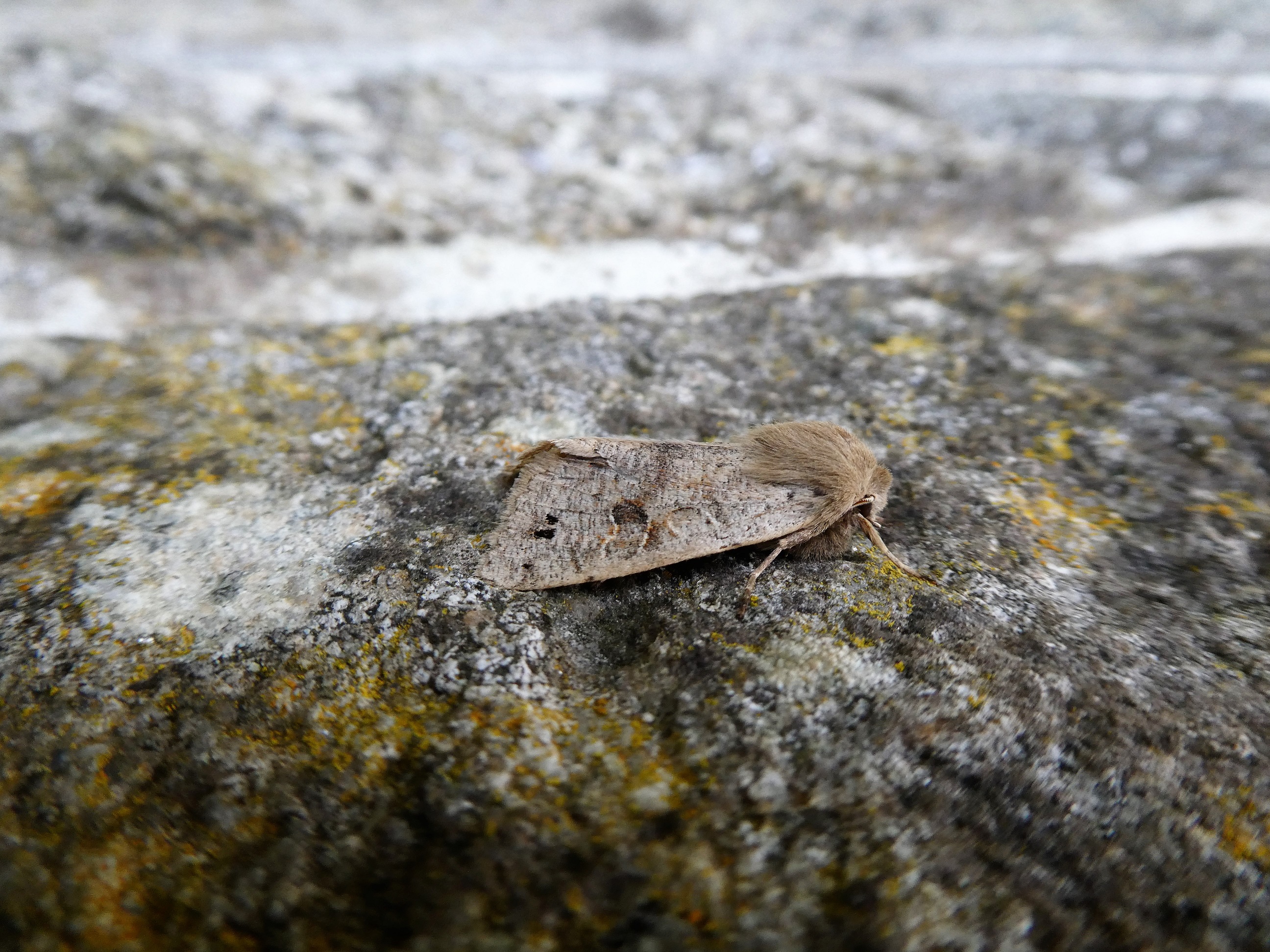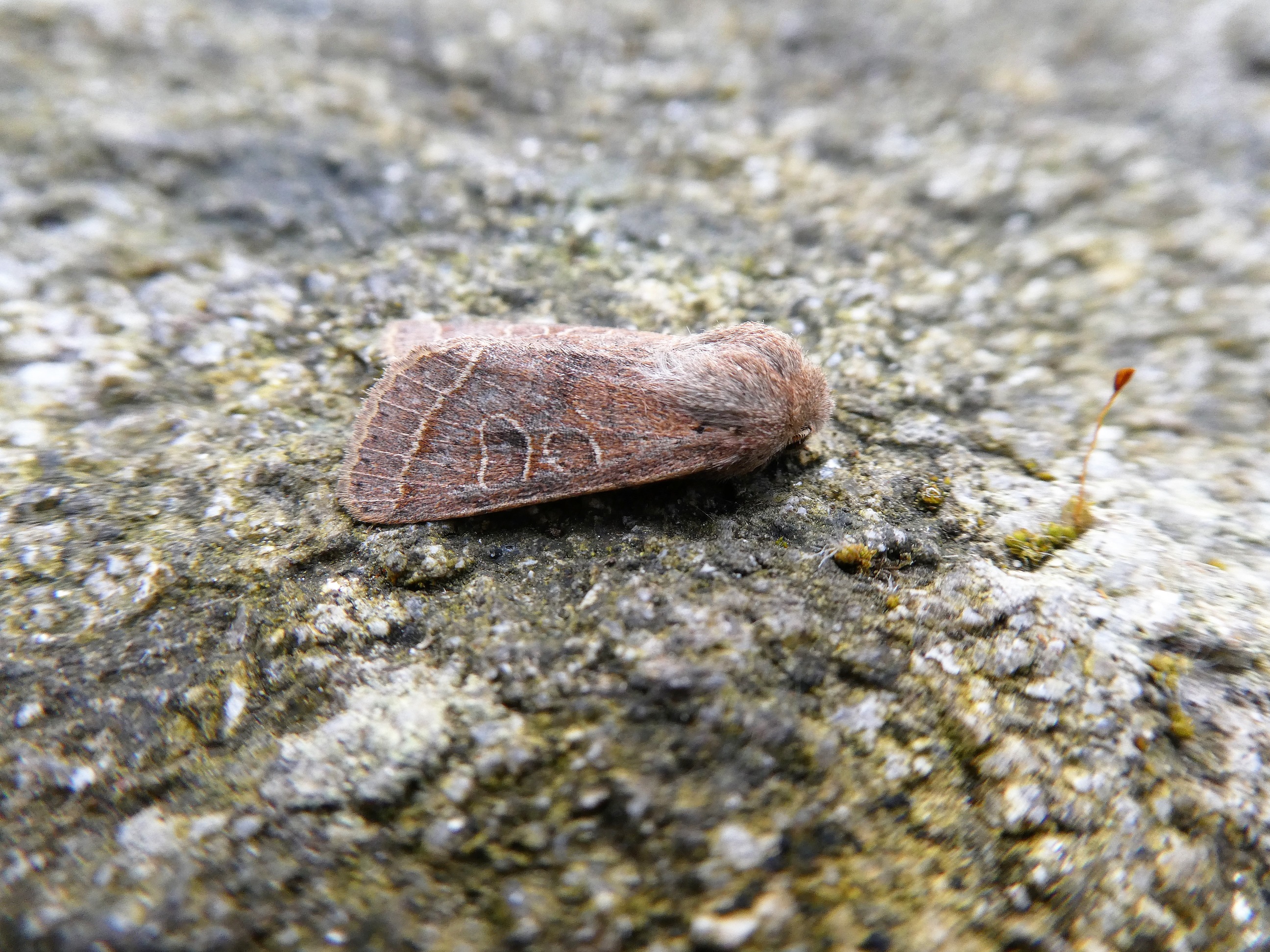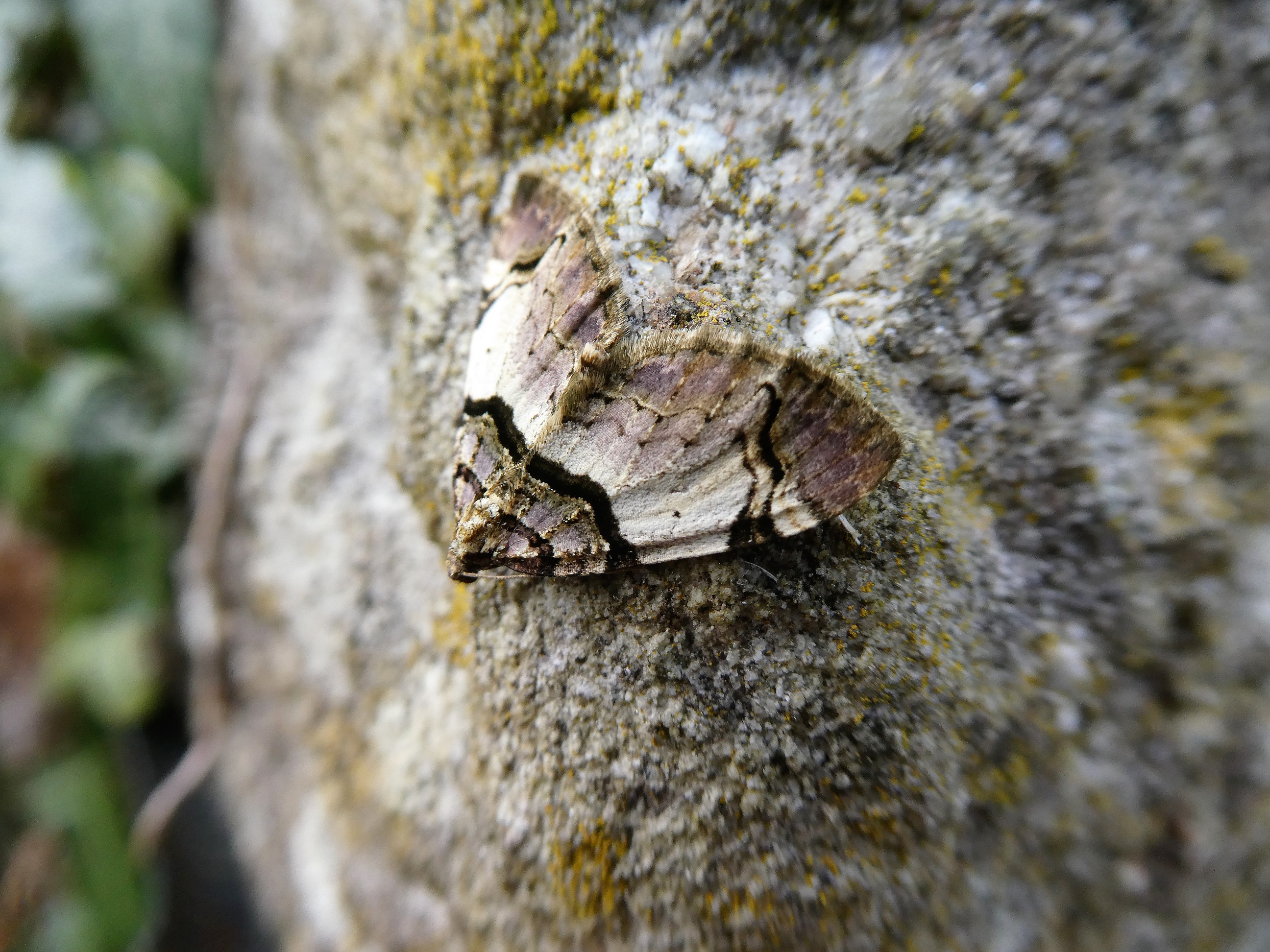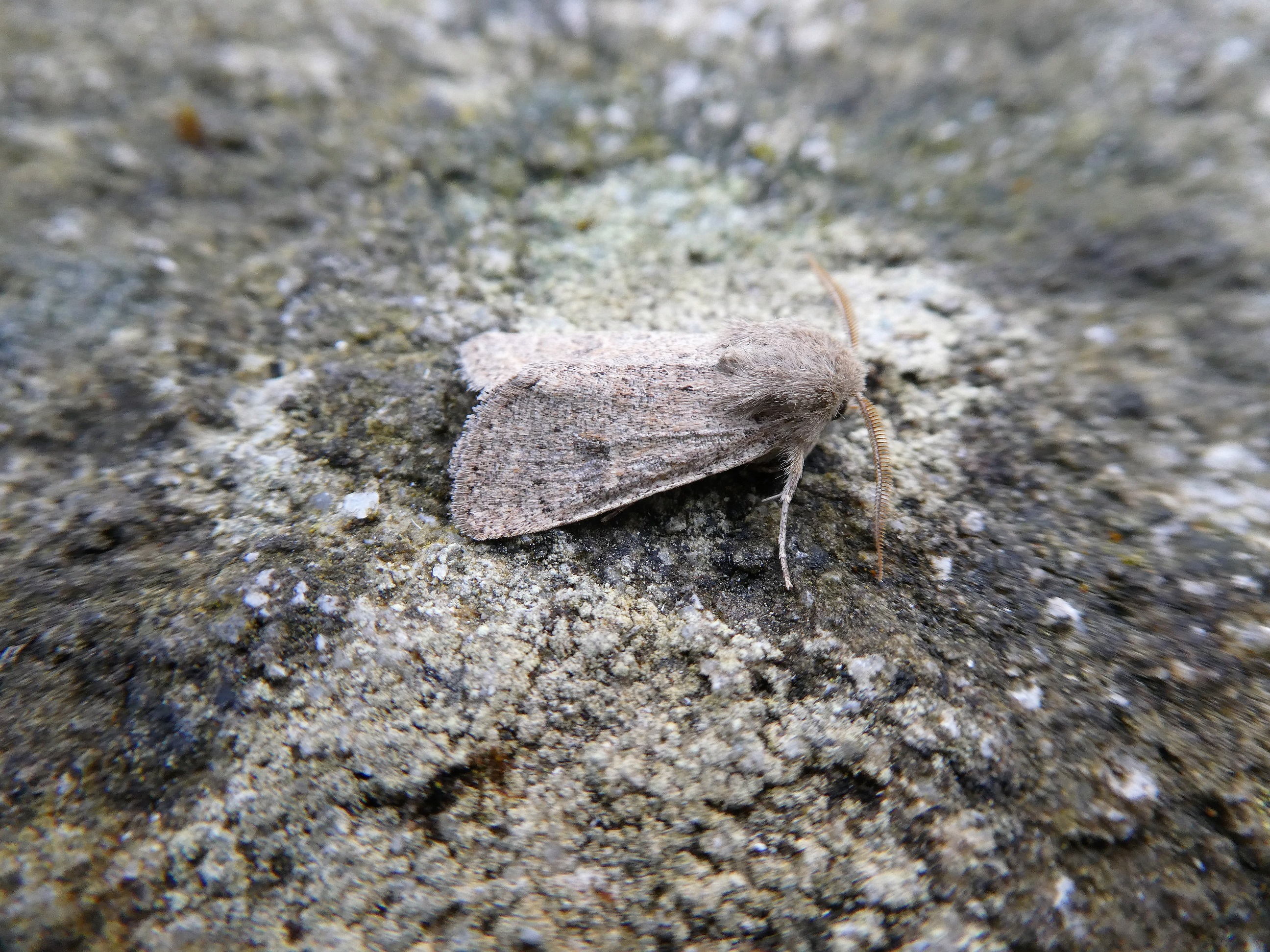Spring is a stunning season because the activity is accelerated after a period of dormancy for most of our wild plants and animals. Spring lifts us, especially the frenetic activity of birds and early spring butterflies. As the season develops there is a scent in the air, especially on warm, calm days-the sweet, exciting rather nostalgia-building fragrance of Sweet Vernal Grass is a special experience for the stroller in unspoilt countryside. A delicate scent is emitted by banks of sunny primroses, delicate, subtle but there for anyone determined to experience it.
Small Tortoiseshells and Peacocks seem to be everywhere now, flying widely in the countryside and suburbia, searching for nectar, mates and breeding sites. These long-lived butterflies readily visit gardens whose gardeners thoughtfully allow the dandelions to flower. A sparkling galaxy of Lesser Celandine will also attract these butterflies. Holly Blues will occasionally take this nectar too.
But there is another world that occupies the hours of darkness. The night is not day-time’s winter but a time of intense life and action. This is the realm of bats, slugs, owls, newts and other less glamorous but very intriguing animals. While that list sounds like the ingredients of a witch’s cauldron, the night-shift is no less active and beautiful in its own subtle way. If you know of a pond nearby that holds newts, take a torch and bring your child or grandchild along with your torch. The antics of courting and egg-laying newts will amaze and delight. Try the pond during the daylight too-I watched a pair of combative dragonfly nymphs fight over a water louse for a half an hour with no end in prospect by the time I lost sight of their battle.
The world of the night is where most of our Lepidoptera species hold sway. Most of our Lepidoptera species are moths; we see 35 butterfly species in Ireland every year. We have around 1475 moth species! Most of these are nocturnal and some have large populations. Because many fly in the darkest time of the night we can be utterly unaware of the enormity of these populations. Moths conceal themselves so effectively during the day that we can go through habitats with large populations and never know they even exist. There is good reason to stay obscure. Moths are often plump-bodied packets of goodness, greatly appreciated by a range of hungry bats, birds and amphibians.
Spring moths are cryptic in colour-easily blending into the blander tones of dry grass, stone walls, boulders, tree trunks, branches and darker recesses in ivy and bramble. The trees still await leaves, so spring moths cannot sport the vivid brass, iridescence and multi-coloured patterning of their summer cousins. But subtlety will encourage closer observation. A more focused careful examination is needed to see the beauty in sombre attire. That is today’s challenge. Every day’s challenge is to grow and preserve the wild plants, especially native trees like Grey Willow, Common Hawthorn, oaks and Silver Birch these moth need.
Photos J.Harding







